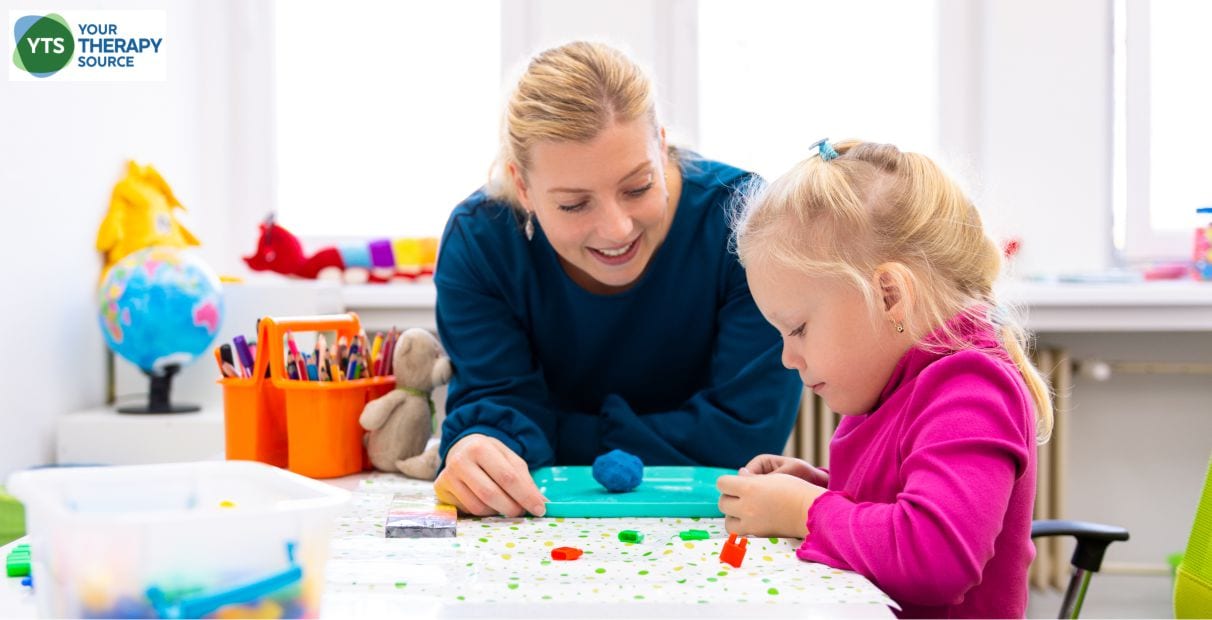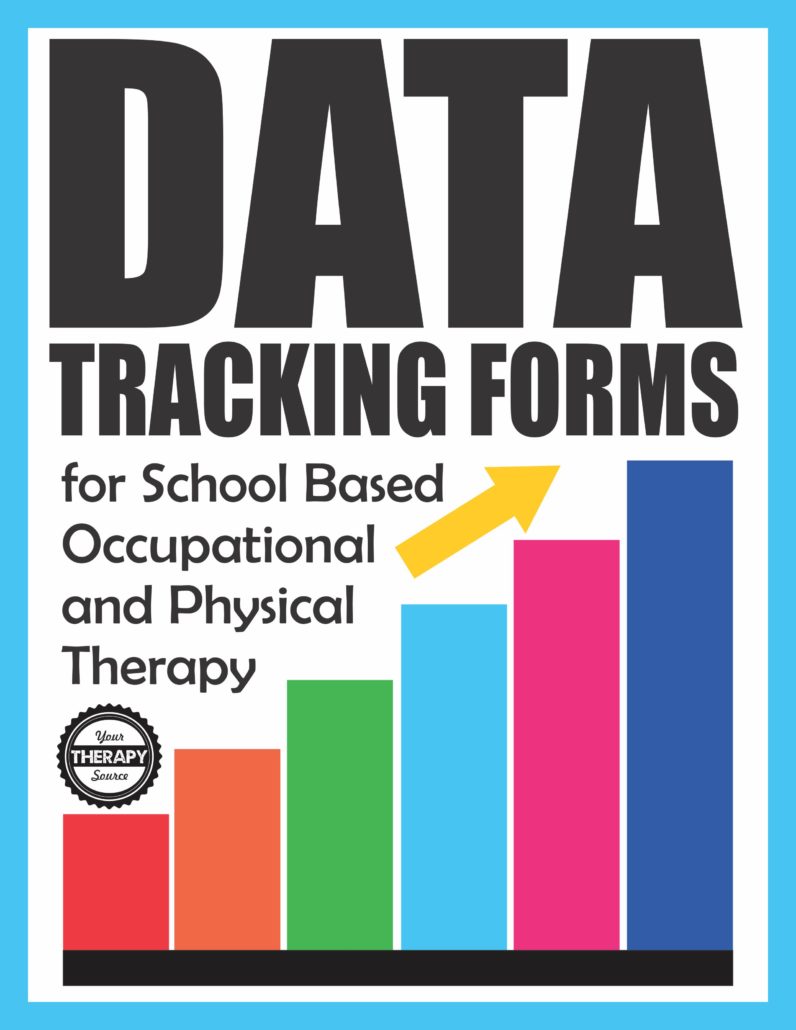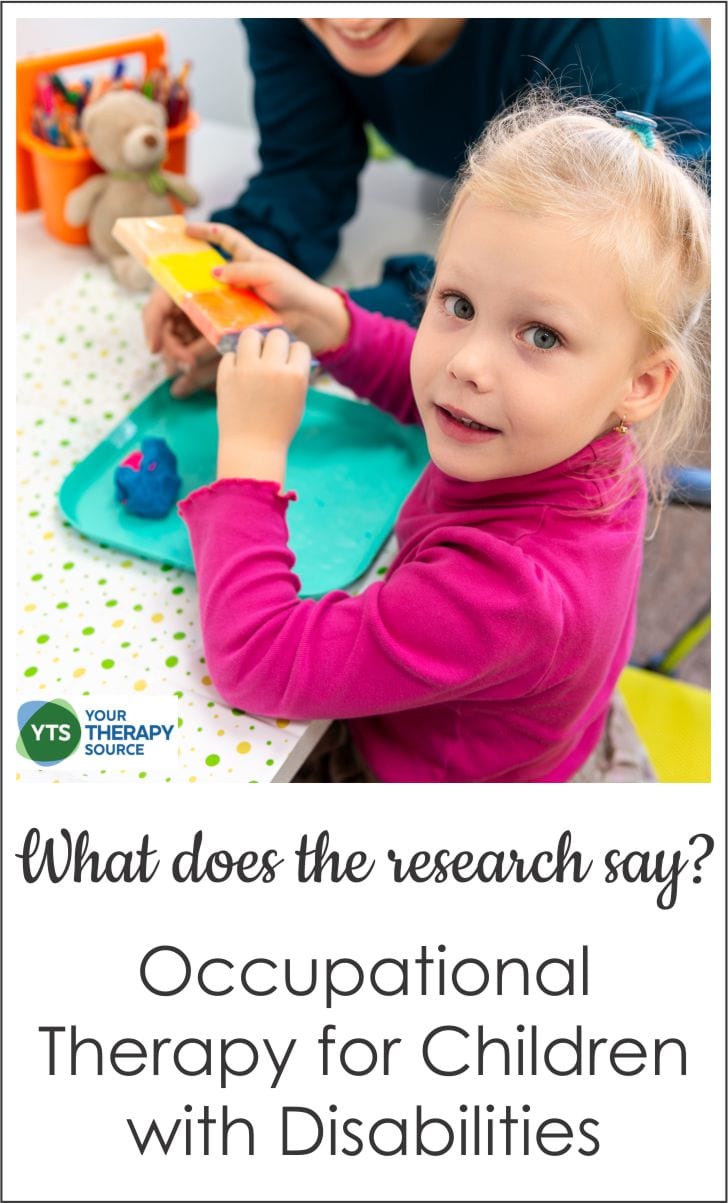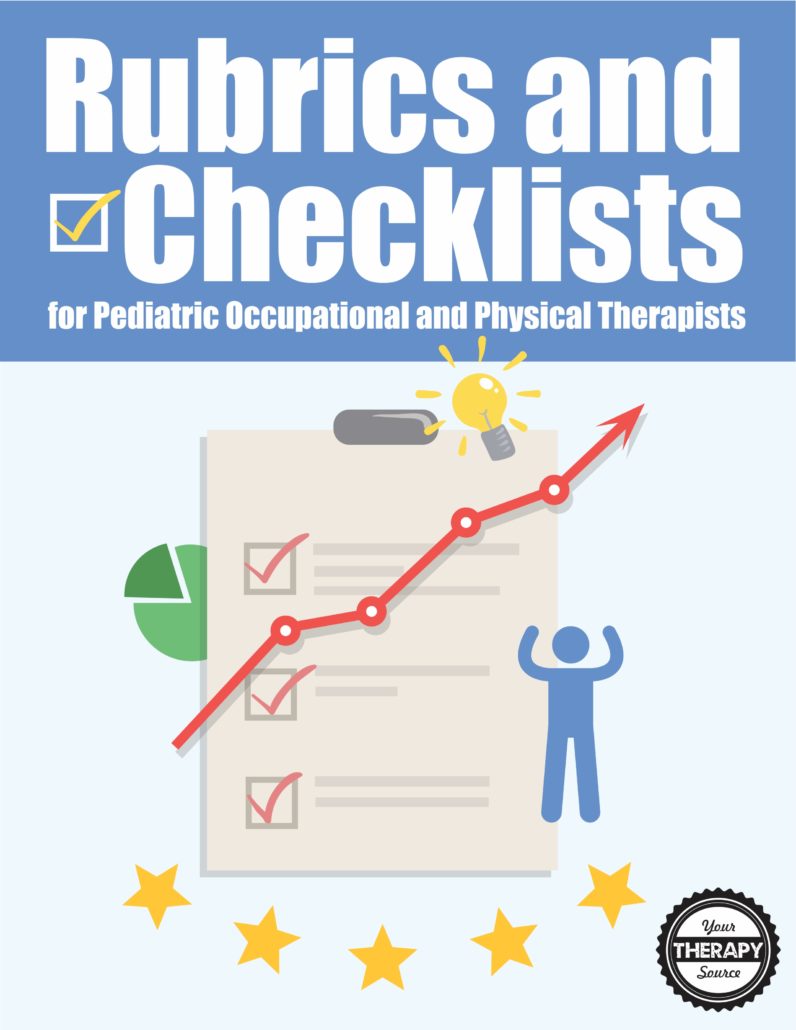Occupational Therapy for Children with Disabilities – What does the research say?

Do you provide occupational therapy for children with disabilities? Or perhaps your child or student receives occupational therapy? Regardless, there are many techniques and interventions that occupational therapists use during a therapy session or consultation to help children improve their engagement and participation in various skills throughout their lives.
Recently, a research study wanted to determine the best-available intervention evidence for children with disabilities, to assist families and occupational therapists make evidence-based decisions.
Methodology of the Study on the Effectiveness of OT for Children
The Australian Occupational Therapy Journal completed a systemic review to determine if the studies met the following inclusion requirements:
- systemic review or randomized controlled trial.
- an occupational therapy intervention for children with a disability.
- categorized interventions based on name, core components, and diagnostic population.
- rated quality of evidence.
- determined the strength of recommendation using GRADE criteria.
- made recommendations using the Evidence Alert Traffic Light System.
Effectiveness of Occupational Therapy for Children with Disabilities
The researchers determined that 129 articles met the inclusion criteria measuring the effectiveness of 52 interventions across 22 diagnoses. The interventions were divided into different levels of effectiveness based on the Evidence Alert Traffic Light System as follows:
- 30% were graded ‘do it’ (Green Go)
- 56% were graded ‘probably do it’ (Yellow Measure)
- 10% were graded probably ‘don’t do it’ (Yellow Measure)
- 4% were graded ‘don’t do it’ (Red Stop).
What occupational therapy interventions were given the “Green Light”?
The researchers determined that when providing occupational therapy for children the following interventions were given the “green light” based on the evidence:
- Behavioral Interventions.
- Bimanual therapy.
- Coaching.
- Cognitive Interventions.
- Cognitive Orientation to Occupational Performance .
- Constraint-Induced Movement Therapy (CIMT).
- CIMT plus Bimanual Therapy.
- Context-Focused
- Ditto™ (handheld education & distraction device for burns patients).
- Early Intervention (ABA, Developmental Care).
- Family-Centered Care
- Feeding interventions
- Goal-Directed Training
- Handwriting Task-Specific Practice
- Home Programs
- Joint Attention
- Mental Health Interventions
- Occupational therapy after botox
- Kinesiotape for children with CP to improve hand function
- Pain Management
- Parent Education
- Picture Exchange Communication System
- Positioning
- Pressure Care for children with CP
- Social Skills Training
- Treadmill Training
- Weight Loss ‘Mighty Moves’
The researchers do mention that it is difficult to interpret evidence for Sensory Integration (SI) and Neurodevelopmental Treatment (NDT) interventions due to a lack of fidelity to the techniques. Systemic reviews indicate that NDT/Bobath and SI interventions rarely result in motor gains better to no intervention but many of the studies have methodological flaws. This has resulted in some therapists interpreting the uncertainty of the NDT/Bobath and SI systematic evidence as a reason to continue but other therapists recommend discontinuing these techniques because of the positive results with ‘top‐down’ evidence.
Recommendations Regarding Occupational Therapy for Children
The researchers provided the following clinical implications for this systemic review:
- It is effective to partner with parents within occupational therapy interventions.
- The greatest number of effective green light interventions utilized a ‘top-down’ approach for daily life skills training. For example, begin with the child’s goal, practice of real‐life activities in natural environments, intense repetitions and adapt practice to the ‘just right challenge’ to enable success.
Resources to Collect Data to Determine if Your Interventions are Working
If you want to collect data to determine if the interventions you are using for occupational therapy for children are effective check out these resources:

Data Tracking Forms for School-Based Occupational and Physical Therapy UPDATED 2018includes 10 data collection forms for monitoring progress in occupational and physical therapy in the school setting. Document up to 4 IEP goals per student in your daily sessions in Excel and it will graph your data directly from your session notes. These Data Tracking Forms for School-Based Occupational and Physical Therapy will make data collection so much easier! FIND OUT MORE.
Do you find it difficult to quantify functional skills for children? Is it a struggle to collect objective data for pediatric occupational and physical therapy goals? The Rubrics and Checklists for Pediatric Occupational and Physical Therapy bundle helps therapists to streamline assessments and data collection making it faster, easier, and more reliable than subjective data.
Rubrics are an excellent tool for school-based therapists to utilize throughout the school year for ongoing assessment of a student’s skills. A rubric is a scoring guide to judge performance on a specific task. A skill is broken down into different components and a numerical value is given to each component. The performance is then scored by totaling the sum of the numerical values. The checklists in the bundle are perfect for screenings and goal setting. FIND OUT MORE.
More on data collection for pediatric therapists:
5 Reasons to Use Rubrics for School Based Therapists
5 Easy Data Collection Ideas to Try Right Now
5 Reasons to Use Student Generated Data Collection
Reference:
Novak, I., & Honan, I. (2019). Effectiveness of paediatric occupational therapy for children with disabilities: A systematic review. Australian occupational therapy journal. You can access the full text article here https://onlinelibrary.wiley.com/doi/full/10.1111/1440-1630.12573.




